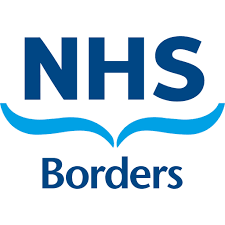Sexually transmitted infections
- Chlamydia trachomatis
- Neisseria gonorrhoea
- Mycoplasma Genitalium (limited data)
- Gram-negative enteric pathogens (in men engaging in insertive anal sex)
Non-sexually transmitted infections
- Gram negative enteric organisms
- Ecoli
- Pseudomonas
- Proteus
- Klebseilla
- Salmonella
- Other bacteria possible but less likely (Staph aureus)
Other infections
- Tuberculous
- Subacute, bilateral in 34% , scrotal fistulas can occur
- Brucellosis
- 2-20% will develop epidydmorchitis
- Mumps
- 20-25% of adult males with mumps will develop orchitis (1 week after initial symptoms)
- 424 mumps cases confirmed January 2019-June 2019 in Scotland
- Candida (In immune-compromised or following instrumentation to urinary tract)
Other rare causes
- Vasculitis
- Behcets
- HSP
- Polyarteritis
- Amiodarone
- <1% of users, dose and duration related
- BCG therapy for bladder cancer

